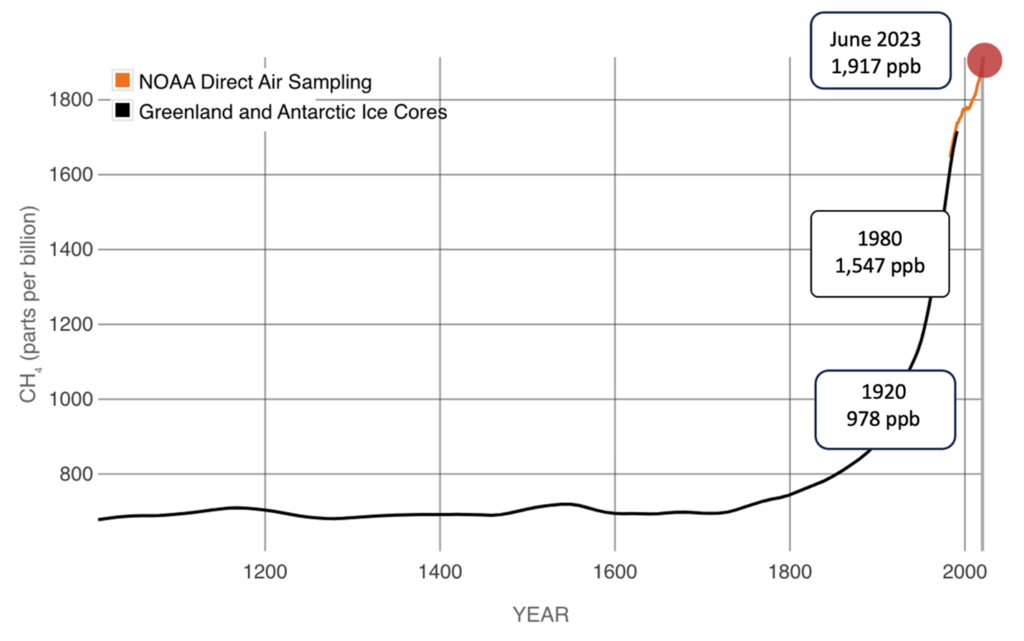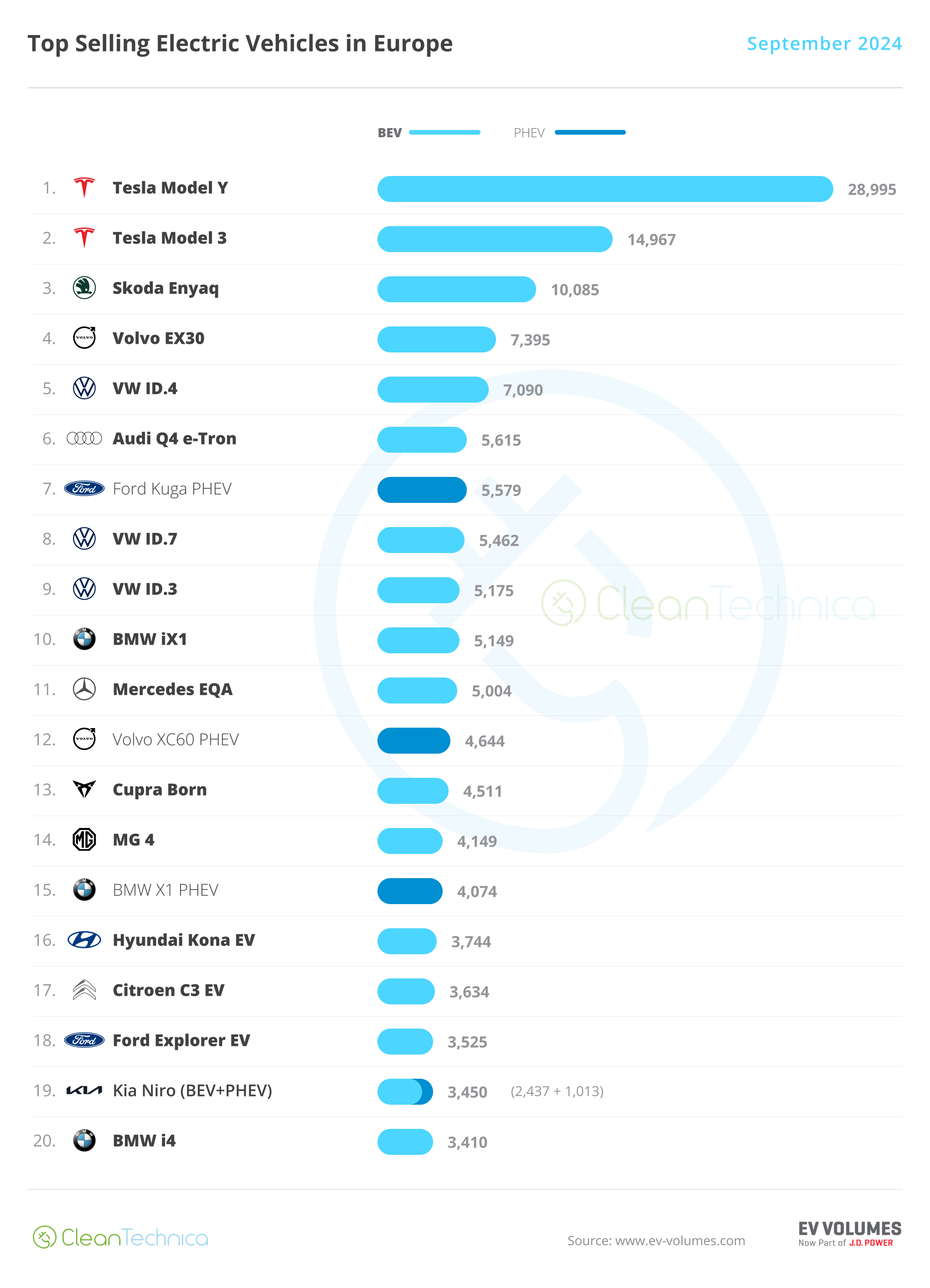At a glance
- More than two-thirds of Black and Latino US residents live in the nation’s largest cities, compared to less than half of White residents. While this means some of the issues and barriers facing these two groups are highly concentrated, solutions also can be highly targeted.
- Nowhere do either Black or Latino residents experience even three-quarters the average overall well-being of their White neighbors, although Latino–White disparities are slightly smaller.
- The United States is not on pace to eliminate overall disparities for either Black or Latino residents over the next century.
- The impact of place on prosperity and well-being is profound. Our interactive map shows extraordinary variation in both outcome scores and parity on a county-by-county basis.
When it comes to measures of well-being, national averages gloss over the fact that the United States is a vast mosaic of local communities, each with its own story. And within the majority of those communities are sizable disparities between residents of different racial and ethnic backgrounds.
Our report The state of Black residents analyzed outcomes that Black residents experience across different types of US communities; it also measured the considerable gaps remaining between Black and White neighbors within those places. While the McKinsey Institute for Black Economic Mobility focuses on opportunities and outcomes for Black communities, building a more equitable society requires erasing all racial or ethnic barriers that prevent anyone from reaching their full potential. Here we extend our initial research to examine the experiences of Latino residents across the same metrics. Finally, we offer an interactive map for exploring the overall results for both groups at the county level.
About 19 percent of the US population identifies as Hispanic or Latino, and 13 percent identifies as Black or African American. These are the nation’s two largest racial or ethnic minority groups, and both are remarkably diverse, having descended from dozens of countries and cultures. For instance, six million adults in the US identify as Afro-Latino (that is, both Black and Hispanic or Latino). Roughly two-thirds of the US Latino population was born within the United States, and one-third is foreign born. For simplicity, this analysis references outcomes for Black, Latino, and non-Hispanic White US residents, although we recognize the complexity underlying these categories.
Previous McKinsey research has highlighted the structural barriers facing Black and Latino households as well as the potential economic impact of their full inclusion., McKinsey, November 2022; The economic state of Latinos in America: The American dream deferred, McKinsey, December 2021; and The economic state of Black America: What is and what could be, McKinsey Institute for Black Economic Mobility, June 2021. Black and Latino communities share some challenges; others may reflect their distinct histories and experiences. Either way, examining both Black and Latino outcomes reveals the progress the United States could make to ensure that all residents are able to thrive, regardless of race or ethnicity.
Black and Latino residents are more concentrated in America’s large cities than their White peers
To offer insight into Black and Latino outcomes, we group more than 3,100 US counties into distinct community profiles based on multiple economic and demographic characteristics., McKinsey Institute for Black Economic Mobility, February 2024. This article focuses on the eight largest profiles, which account for about 93 percent of both the Black and Latino populations. From most urban to most rural, they are economically dynamic megacities (for example, New York, NY; Los Angeles, CA) and high-growth hubs (Austin, TX; Charlotte, NC; Minneapolis, MN); the less economically dynamic stable cities (Columbus, OH; Detroit, MI; New Orleans, LA) and independent economies (Little Rock, AR; Lancaster, PA); more distressed trailing cities (Flint, MI; Bridgeport, CT); suburbs and exurbs in the urban periphery (San Bernardino, CA; Arlington, VA); and stable rural counties and trailing rural counties.

Across community profiles, we assess the extent to which both Black and Latino experiences meet a set of aspirations for all US residents, irrespective of race or identity. The aspirations are for all residents to enjoy a basic standard of living; financial stability; job opportunities with decent pay and good working conditions; long and healthy lives; opportunities to develop skills; stable and secure homes; physical and virtual connectivity; and stable communities., McKinsey Institute for Black Economic Mobility, February 2024.
- Black–White or Latino–White parity scores: These indicate how far a county is from achieving equivalent outcomes for Black and White residents, or for Latino and White residents, across all metrics.
Nowhere do Black or Latino residents experience even three-quarters the average well-being of their White neighbors, although Latino–White disparities are slightly smaller
Examining our findings across counties within the same community profiles reveals patterns.
America’s megacities, where more than one in three Black or Latino US residents live, stand out for having the largest Black–White and Latino–White disparities across all the topics we examine (Exhibit 2). Overall Black outcomes in megacities are only 55 percent of overall White outcomes, on average, and Latino outcomes are 57 percent. This is despite the fact that Black residents of megacities are comparatively better off than their peers in many other community profiles, with positive job and education outcomes (albeit offset by high costs of living, widespread rent burdens, and long commutes). By contrast, megacities produce some of the lowest overall Latino outcomes in the nation (Exhibit 3). Initiatives in America’s largest cities could be best positioned to lift up the greatest numbers of struggling Latino residents, while also helping to address sizable Black–White disparities.
The urban periphery stands out for having the best balance of overall outcomes and parity for Black and Latino residents alike, although both groups are underrepresented in the suburbs and exurbs. They see similar levels of parity with White residents: overall Black and Latino outcomes are both about 64 percent of White outcomes across the topics we analyze. For Black residents, this level of parity reflects notably greater prosperity in the urban periphery than in other community profiles, whereas Latino prosperity in the urban periphery is not as exceptional. In other words, the urban periphery offers Black residents a distinctly more positive experience than Black Americans find elsewhere, while Latino experiences in the suburbs and exurbs are slightly better than elsewhere but not markedly so.


The other urban community profiles—high-growth hubs, independent economies, stable cities, and trailing cities—have relatively similar degrees of Latino–White parity, with Latino outcomes between 61 and 63 percent of White well-being. Overall, their levels of Latino prosperity reflect their underlying economies, with outcomes that are better in high-growth hubs and worse in trailing cities. By contrast, there is more variation in Black resident experiences across these urban areas. Most notably, Black prosperity is significantly lower in stable cities and trailing cities. Stable cities, where Black residents are overrepresented, have the nation’s largest overall Black–White gaps.
Last, we consider the two rural community profiles. Trailing rural counties see the greatest parity for both Black and Latino residents (Black outcomes are about 69 percent and Latino outcomes about 72 percent of White outcomes). But these communities also have the nation’s lowest overall outcomes for both groups. In other words, higher parity reflects poor outcomes for White residents as well. In stable rural counties, a similar pattern holds for Black residents, while Latino residents do somewhat better on both prosperity and parity.
Beyond these variations across community profiles is a stark reality: In none of them do either Black or Latino residents experience even three-quarters of their White neighbors’ overall level of economic, physical, and social well-being. Black outcomes range from 55 to 69 percent of White outcomes, on average, across community profiles, whereas the range for Latino outcomes is 57 to 72 percent. Overall, Latino–White gaps are slightly smaller, yet still significant. Inequity is ever-present in multiple aspects of life for both of the nation’s largest minority groups.
The nation is not on pace to erase racial and ethnic disparities in our lifetimes, although the gaps facing Latinos could close sooner
To assess whether conditions are at least moving in the right direction, we looked at changes over the past decade for Black and Latino residents.
Between 2012 and 2021, overall outcomes improved for both groups in most US counties; the good news is that their overall economic, physical, and social well-being was higher at the decade’s end than at the start (Exhibit 4). Yet in many places, outcomes for White residents improved to the same degree or even more, meaning that gaps never closed. While this trend holds for both groups, Latino progress was somewhat more geographically distributed, with outcomes improving in 86 percent of all US counties (compared to 73 percent of counties showing progress for Black residents). And while Latino–White disparities shrank in two-thirds of US counties over the decade, fewer than half saw reduced Black–White disparities.

In light of these recent trends, the outlooks for Black and Latino residents are meaningfully different (Exhibit 5). Based on the rate of change between 2012 and 2021, the gaps in outcomes between Latino residents and their White neighbors are on track to close centuries sooner than those separating Black and White residents. The pace of progress toward parity varies across different places as well. Looking across the different community profiles, it could take anywhere from 70 to 120 years to close Latino–White gaps on average. But the comparable number for closing Black–White gaps is 120 to 320 years.

Our finding that Latino residents are making relatively faster progress toward parity than their Black counterparts is consistent with other research., McKinsey, December 2021. For example, McKinsey research found that Latino enrollment is helping to drive the shift toward greater representation of students of color at US colleges and universities., McKinsey, July 2022. Latinos also are more likely than Black residents to have personal or family histories of immigration, and it is well established that the children of immigrants experience higher upward mobility than US-born children. As a result of these trends, a child born today might live to see Latino–White disparities—but not Black–White disparities—closed across some community profiles.
Despite these differences, it is still taking too long to achieve parity for both groups, raising the risk that racial and ethnic gaps could continue to be a generational challenge. Moreover, this analysis holds White outcomes constant for simplicity, even though history indicates they are likely to continue improving.
Dramatically accelerating the timeline to parity for both Black and Latino residents would mean upending the status quo. It is not easy to address all the factors at play; our parity scores reflect gaps in jobs and educational opportunities, housing, healthcare, and self-reported physical and mental well-being, among other topics. Our previously published research on Black residents explored two potential initiatives in greater detail: affordable housing and high-quality universal public preschool. These efforts would similarly benefit Latino communities—and, indeed, residents of all backgrounds. While they require substantial investment, they could also yield real long-term social and economic returns.
Explore the data in detail
The aggregated community profiles discussed earlier offer a way to understand the experiences of Black and Latino residents, but even this segmentation does not capture the remarkable variation that exists from place to place.
We therefore invite readers to explore our data in greater detail using the interactive map below. Clicking on the “Community profile” tab shows each county’s classification, while the other tabs offer views based on demographics and our calculated outcome and parity scores. Users can also hover directly over any US county to see its statistics.
Interactive
Our research takes a place-based view on the theory that many of the issues holding back progress for racial and ethnic minority groups are influenced by local conditions, and some of the solutions may be best designed and delivered at the local level. This view highlights where the need is greatest—and where action from the public, private, and social sectors can help to narrow the gaps.




